Fermenting Tanks
Fermenting tanks are the unsung heroes of brewing and fermentation. Whether you’re a homebrewer, an artisanal producer, or part of a large-scale industrial operation, understanding the intricacies of fermenting tanks is essential. This comprehensive guide explores everything you need to know about fermenting tanks, from their design and function to troubleshooting, maintenance, and selecting the right supplier. Let’s dive in and explore the fascinating world of fermenting tanks!
What Are Fermenting Tanks?
Fermenting tanks, also known as fermentation vessels, are containers designed specifically to facilitate the fermentation process. In this process, microorganisms like yeast and bacteria convert sugars into alcohol, gases, or acids. These tanks are used in various industries, including beer brewing, winemaking, kombucha production, and even pharmaceuticals.
Typically made of stainless steel, glass, or food-grade plastic, fermenting tanks are engineered to maintain precise environmental conditions. They allow for temperature control, gas release, and easy cleaning, which are critical for producing high-quality end products.
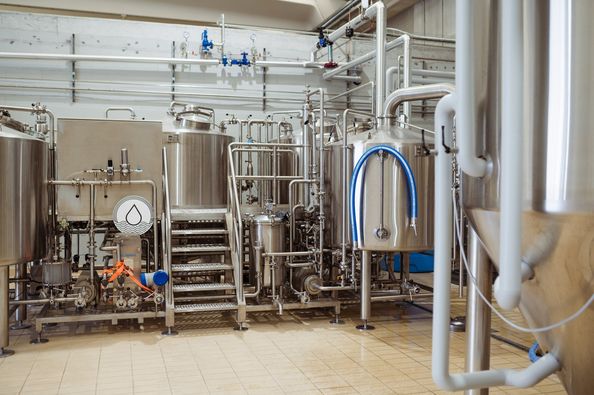
Overview of Fermenting Tanks
Fermenting tanks come in a range of sizes, shapes, and designs, catering to different needs. Whether you’re brewing craft beer or fermenting kombucha at scale, here are the essential details you need to know:
Key Features of Fermenting Tanks
- Material: Stainless steel is the most common choice due to its durability, hygiene, and resistance to corrosion.
- Capacity: Tanks range from small 5-gallon containers to massive 30,000-gallon vessels.
- Shape: Cylindroconical designs are popular for beer fermentation, while flat-bottomed tanks are common in winemaking.
- Temperature Control: Integrated cooling jackets or heating systems maintain optimal conditions.
- Sealing Mechanisms: Airtight seals prevent contamination and allow for precise gas management.
Troubleshooting Common Issues with Beer Fermenters
Even the best fermenting tanks can run into problems. Let’s look at common issues and how to address them:
Inconsistent Fermentation
- Cause: Temperature fluctuations or improper yeast pitching.
- Solution: Invest in a fermenter with precise temperature controls and ensure proper yeast preparation.
Leaking Seals
- Cause: Worn-out gaskets or poor maintenance.
- Solution: Regularly inspect seals and replace any damaged components.
Contamination
- Cause: Poor cleaning practices or exposure to non-sterile environments.
- Solution: Follow a rigorous cleaning and sanitization protocol.
Pressure Build-Up
- Cause: Malfunctioning airlocks or improper venting.
- Solution: Check airlocks regularly and ensure venting systems are operational.
The Brewing Process Using Fermenting Tanks
Brewing beer is as much an art as it is a science. The fermenting tank plays a pivotal role in this process. Here’s how it fits in:
1. Wort Preparation
After mashing and boiling, the wort (unfermented beer) is transferred to the fermenting tank. This is where the magic begins.
2. Yeast Pitching
Yeast is added to the tank, initiating fermentation. The yeast consumes sugars in the wort, producing alcohol and carbon dioxide.
3. Temperature Control
During fermentation, maintaining the right temperature is crucial. Fermenting tanks with built-in cooling systems ensure consistency.
4. Monitoring
Fermentation progress is tracked by measuring gravity, pH, and temperature.
5. Secondary Fermentation
Some beers undergo a secondary fermentation process in the same or separate tanks, enhancing flavor and carbonation.
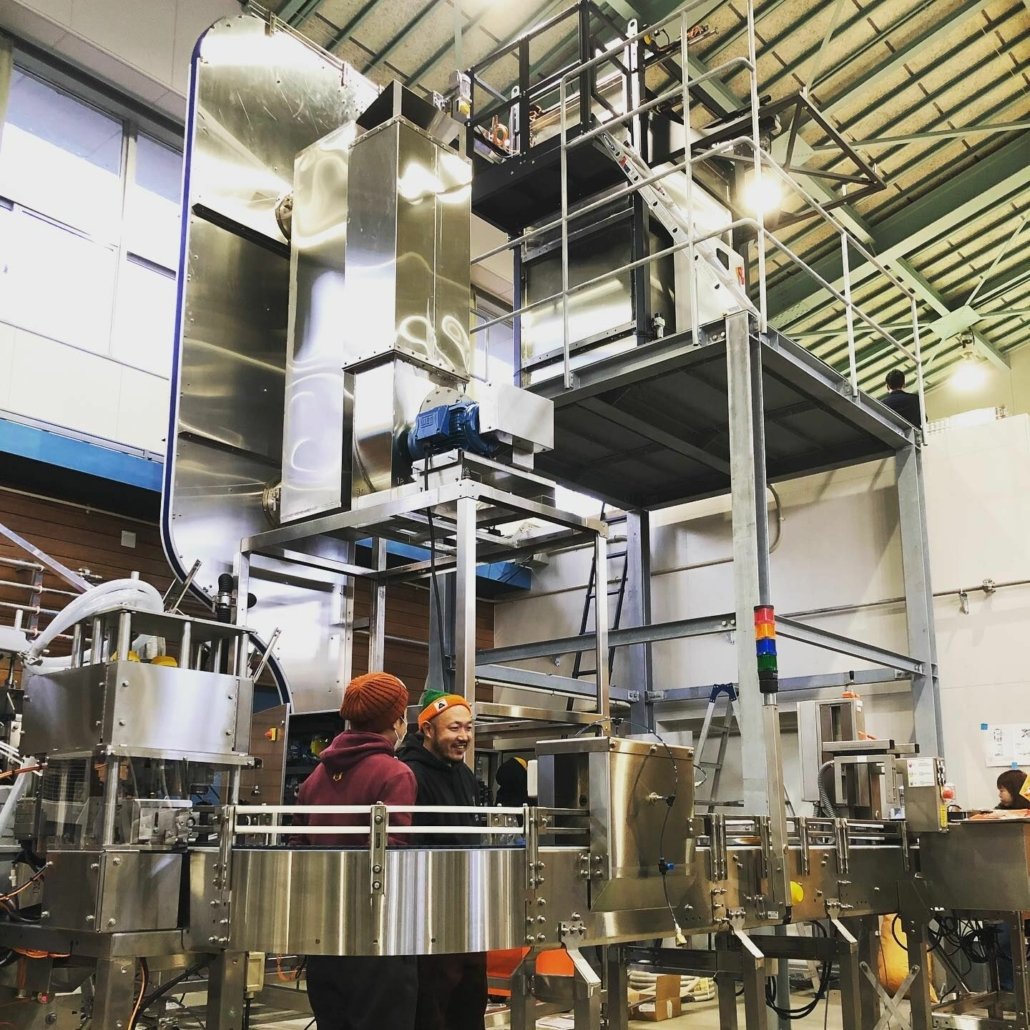


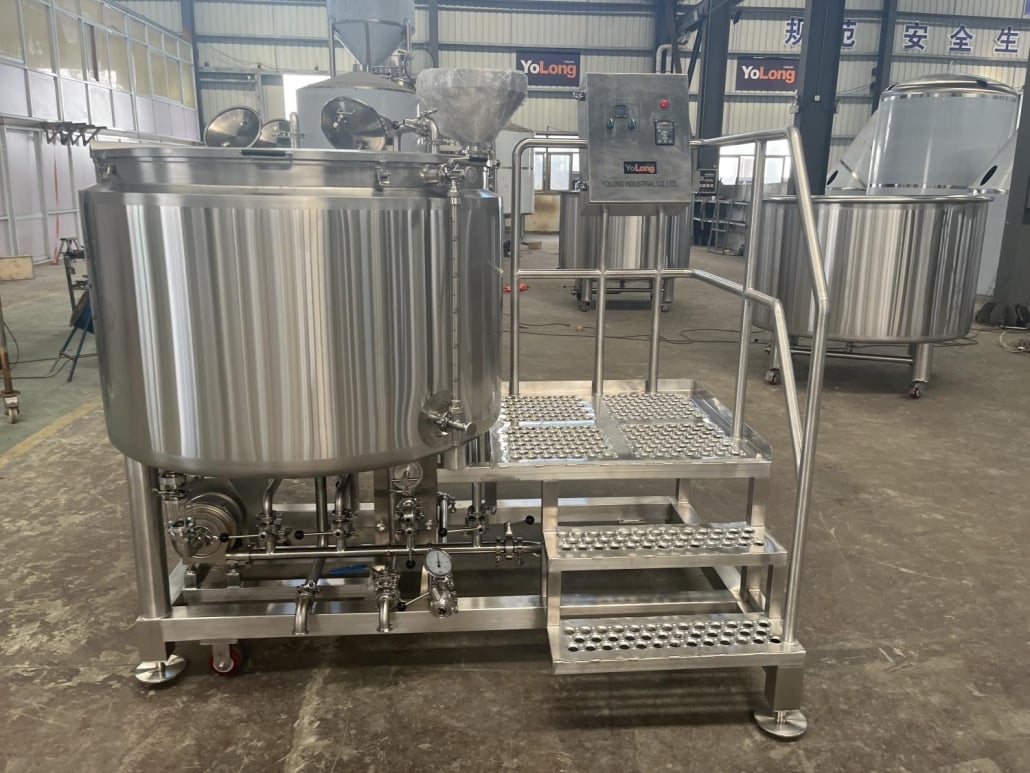
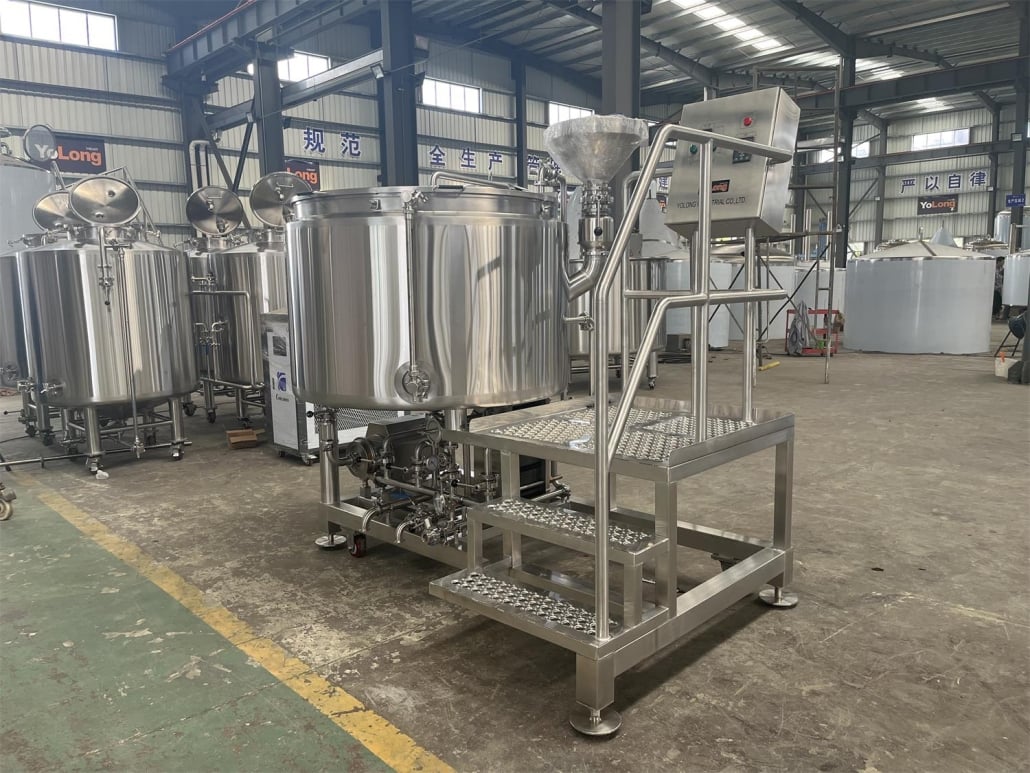
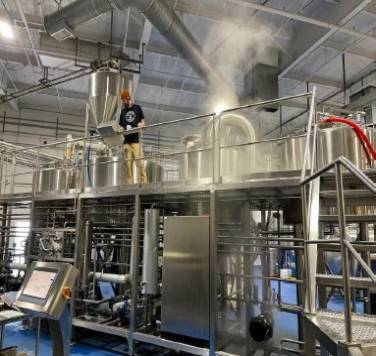
Fermenting Tank Specifications: Capacity, Design, and Customization
| Feature | Details |
|---|---|
| Capacity | Ranges from 5 gallons for homebrewers to 30,000 gallons for industrial use. |
| Material | Stainless steel, food-grade plastic, or glass. |
| Shape | Cylindrical, conical, or flat-bottomed. |
| Customization | Can include additional ports, sampling valves, or custom dimensions. |
| Temperature Control | Cooling jackets, immersion coils, or external chillers |
Leading Suppliers and Price Range for Fermenting Tanks
| Supplier | Price Range | Special Features |
|---|---|---|
| BrewTech Industries | $500 – $50,000 | Customizable designs, durable materials. |
| FermentX | $1,000 – $75,000 | Advanced temperature control systems. |
| CraftBrew Supplies | $800 – $20,000 | Affordable solutions for small-scale brewers. |
Installation, Operation, and Maintenance
| Aspect | Details |
|---|---|
| Installation | Requires professional setup for larger systems, including proper plumbing. |
| Operation | Ensure airtight seals and monitor fermentation parameters. |
| Maintenance | Regular cleaning, sanitization, and inspection of seals and valves. |
Choosing the Right Fermenting Tank Supplier
Selecting the right supplier can make or break your brewing operation. Consider these factors:
| Factor | Details |
|---|---|
| Reputation | Look for suppliers with positive reviews and industry experience. |
| Customization Options | Ensure the supplier can cater to specific requirements like size and temperature control. |
| Warranty and Support | Opt for suppliers offering robust warranties and after-sales service. |
| Price vs. Quality | Balance affordability with durability and performance. |
Comparing Pros and Cons of Fermenting Tanks
| Feature | Advantages | Disadvantages |
|---|---|---|
| Stainless Steel | Durable, easy to clean, resistant to contamination. | Expensive upfront cost. |
| Plastic | Affordable and lightweight. | Prone to scratches and potential contamination. |
| Glass | Allows visual monitoring of fermentation. | Fragile and requires careful handling. |
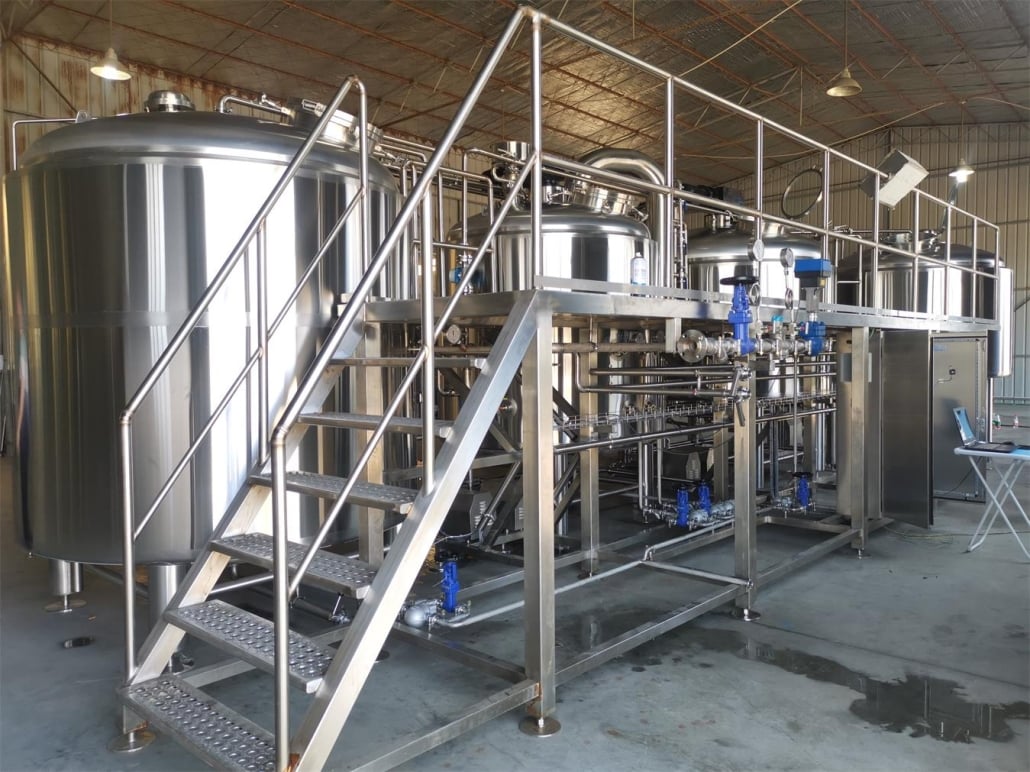
How to Operate Fermenting Tanks Effectively
Operating a fermenting tank requires attention to detail. Here’s how you can maximize its efficiency:
- Sanitize Everything: Start with a clean slate to prevent contamination.
- Monitor Conditions: Keep an eye on temperature, pressure, and gravity.
- Inspect Regularly: Check seals, valves, and cooling systems frequently.
- Document Data: Maintain records of each batch for quality control and troubleshooting.
FAQs
| Question | Answer |
|---|---|
| What is the best material for fermenting tanks? | Stainless steel is preferred for its durability and ease of cleaning. |
| How do I clean a fermenting tank? | Use a CIP (clean-in-place) system or manual scrubbing with sanitizers. |
| Can fermenting tanks be used for multiple products? | Yes, but thorough cleaning is essential to prevent cross-contamination. |
| What size fermenting tank do I need? | Depends on your production scale; consult with a supplier for advice. |
| Are fermenting tanks expensive? | Costs vary widely, but they are a worthwhile investment for quality production. |
Frequently Asked Questions (FAQ)
1) What pressure rating should commercial Fermenting Tanks have?
- Most pressure-capable unitanks are certified 15–30 psi (103–207 kPa); large regional tanks can be 30–45 psi. Always verify PRV sizing, hydrostatic test certificates, and inspection intervals.
2) 304 vs. 316 stainless—what’s best for Fermenting Tanks?
- 304 SS is the cost-effective standard. Choose 316 SS for sour/acidic programs, coastal/saline water, or aggressive caustic/chloride exposure to reduce pitting risk.
3) How much headspace is ideal in a beer fermenter?
- Ales: 15–25% headspace. High-gravity or heavily dry-hopped beers: 20–30%. For kombucha or cider, start at ~20% and adjust based on foam behavior.
4) Which features most improve product consistency and shelf life?
- Jacketed temperature control (±0.2–0.5°C), full-coverage CIP spray ball, sanitary weld finishes (Ra ≤ 0.8 μm), closed transfers, spunding (8–15 psi), and inline/at-line DO monitoring.
5) How do I validate cleaning-in-place (CIP) on Fermenting Tanks?
- Run riboflavin coverage tests, track caustic concentration and temperature, log contact times, and swab high-risk areas (racking arms, sample valves, manway gaskets). Document every cycle.
2025 Industry Trends: Fermenting Tanks
- Pressure fermentation mainstreaming: faster tank turns, better hop aroma retention, and lower oxygen pickup.
- Sensor-driven cellars: temp/pressure/level sensors feeding PLCs/SCADA for predictive VDK rests and automated crashes.
- Oxygen-avoidance by design: closed dry-hop dosers, purgeable ports, and inline DO checks standardizing beyond premium tiers.
- Sustainability: thicker insulation, optimized glycol loops, and heat recovery from wort chilling and crash cooling cut energy/batch 10–20%.
- Safety/compliance: insurers and authorities increasingly require fixed CO2 monitoring, PRV testing logs, confined-space SOPs.
2025 Benchmarks for Fermenting Tanks
| Criterion | Home/Nano (≤3 bbl) | Small Craft (5–15 bbl) | Regional (30–120 bbl) | Notes/Sources |
|---|---|---|---|---|
| Preferred material | Stainless or PET conical | 304 SS jacketed | 304/316 SS jacketed | BA/MBAA guidance |
| Pressure rating | 10–15 psi | 15–30 psi | 15–45 psi | Verify PRV + hydrotest |
| Temp stability | ±0.5–1.0°C | ±0.3–0.5°C | ±0.2–0.3°C | Multi-zone jackets + PU |
| DO control | Closed transfer optional | Closed hop doser common | Packaged DO target <50 ppb | BA packaging guides |
| Typical unit cost (USD) | $200–$1,200 | $6,000–$22,000 per tank | $30,000–$120,000 per tank | Supplier catalogs |
References:
- Brewers Association: https://www.brewersassociation.org
- Master Brewers Association of the Americas (MBAA): https://www.mbaa.com
- American Society of Brewing Chemists (ASBC): https://www.asbcnet.org
Latest Research Cases
Case Study 1: Pressure-Capable Fermenting Tanks Accelerate Turnaround (2025)
Background: A 10 bbl brewery saw aroma fade and elevated packaged DO using non-pressurizable fermenters.
Solution: Installed jacketed, pressure-rated Fermenting Tanks with spunding valves, purgeable carb stones, closed dry-hop doser, and fully closed transfers.
Results: Packaged DO dropped from 120–160 ppb to 30–45 ppb; average tank time reduced by 1–2 days; shelf-life sensory stability extended ~4 weeks.
Case Study 2: PLC-Driven Predictive VDK Rests Improve Consistency (2024)
Background: A regional producer (60–90 bbl FVs) had inconsistent diacetyl rest timing across lagers.
Solution: Added inline temp/pressure sensors and PLC logic to trigger VDK rests based on fermentation kinetics; tightened jacket control to ±0.2°C.
Results: VDK rest duration reduced 18–24 hours; off-flavor incidents down 35%; cellar energy intensity improved 6–8%.
Expert Opinions
- Dr. Tom Shellhammer, Professor of Fermentation Science, Oregon State University
Key viewpoint: “Pressure-capable, oxygen-tight Fermenting Tanks plus closed transfers are as important to hop aroma retention as the hops themselves.” - Ashton Lewis, Brewing Scientist and MBAA contributor
Key viewpoint: “Sanitary welds, CIP coverage, and smart racking arm geometry save labor and reduce contamination—cheap tanks often cost more over time.” - Katie Wallace, Sustainability leader in craft brewing
Key viewpoint: “Insulation, right-sized glycol, and heat recovery are fast-payback choices at the tank specification stage.”
Practical Tools/Resources
- Brewers Association: cellar best practices, oxygen control, tank safety
https://www.brewersassociation.org - MBAA Technical Quarterly: fermenter design, CIP validation, pressure fermentation case studies
https://www.mbaa.com - ASBC Methods of Analysis: DO/CO2 measurement, VDK analysis, fermentation monitoring
https://www.asbcnet.org - Yeast calculators and pitch rate tools
https://www.whitelabs.com | https://www.lallemandbrewing.com - Vendor spec libraries (pressure ratings, jacket zones, PRV sizing)
SS Brewtech, Spike Brewing, Alpha Brewing Ops, Lehui
SEO note: Internally link to “Fermenting Tanks,” “pressure-capable unitanks,” “closed transfer systems,” and “glycol system sizing.”
Last updated: 2025-08-28
Changelog: Added 5 FAQs; 2025 trends with benchmark table and citations; two recent case studies; expert viewpoints; and curated tools/resources focused on Fermenting Tanks selection and operation
Next review date & triggers: 2026-02-01 or earlier if BA/MBAA publish new oxygen control guidance, safety requirements change, or supplier specifications shift materially
Share this entry
Interested in learning more about Brewing Systems including additional details and pricing information? Please use the form below to contact us!
YOLONG BREWERY EQUIPMENT FAQS
- Commercial Brewery / Craft Brewery / Microbrewery / Nanobrewery
- What is The Difference Between Craft Beer and Industrial Beer?
- The Bespoke Differences In Custom Brewing Systems
- Everything You Need to Know About Kettle Souring
- How to Choose Brewing Equipment for Your business?
- How To Choose The-Best Partner To Build Your Commercial Microbrewing System?
- Two Detection Sensors That You Need To Use In Your Brewhouse System
- Remote Control Applications in Brewing Equipment/How does it work?
- How To Clean Your Brand New Brewery Tanks?

